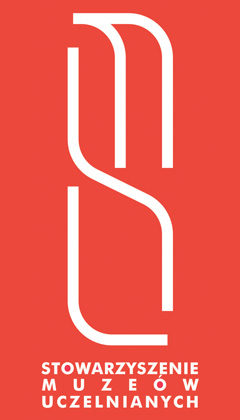Museum of the Wrocław University of Environmental and Life Sciences
ul. Norwida 25
50-375 Wrocław
Tel. (71) 32 05 299, 601 71 66 15
tadeusz.szulc@upwr.edu.pl
www.muzeum.upwr.edu.pl
Free admission
Tuesdays – Fridays: 11 am – 1 pm
Visitors have the use of audio guides or may listen to information broadcast through speakers in six different languages.
Creator of the museum: Prof. Tadeusz Szulc
Staff: Maria Krupska MA
The museum was opened in 2017. The exhibition includes 670 photographs and photograms and 360 exhibits. The history of the university is presented in 27 display cabinets and 19 display cases; or they can be accessed in a more interactive form on 5 large touchscreens. You can also go on a virtual tour of the museum using the touchscreens or via the museum’s website. Information is provided in six languages and the contents of the display cases are available in Polish and English. Visitors can learn about the academic heritage of the universities in Lwów as well as the material heritage of the Schlesische Friedrich-Wilhelms-Universität zu Breslau thanks to the materials and documents on display, and also about the fate of the universities in Wrocław after the Second World War. There is surviving information about the following higher schools:
– The Rural Agricultural School in Dublany (1856–1945);
– The Academy of Veterinary Medicine in Lwów (1881–1945);
– The Agricultural Academy in Prószków near Opole (1847–1880);
– Agricultural studies at Schlesische Friedrich-Wilhelms-Universität zu Breslau (1881–1945);
– The University and University of Technology in Wrocław (1945–1951);
– Higher School of Agriculture in Wrocław (1951–1972);
– Academy of Agriculture in Wrocław (1972–2006).
The display cabinets present an outline of the history of the University of Environmental and Life Sciences’ predecessors and about the university itself with its successive rectors, history of the faculties, libraries, publications and student activities. The showcases also contain devices and equipment used in research work, books, historical models of machines and models of animals, as well as awards and distinctions given out by the university. With the help of the museum’s interactive technologies (monitors and the website), you can trace the various stages of the university’s development, the rectors and deputy rectors of the university and their tenures (which are displayed on a timeline), the full text of a 760-page book entitled Dzieje Uczelni (History of the University), honorary awards – honorary degrees and honorary professorships, the biographies of 499 academic staff, the location of the university’s facilities on a map of Poland and Wrocław, photographs of staff and students, photographic journals of the inaugurations of academic year and some films about the university.













